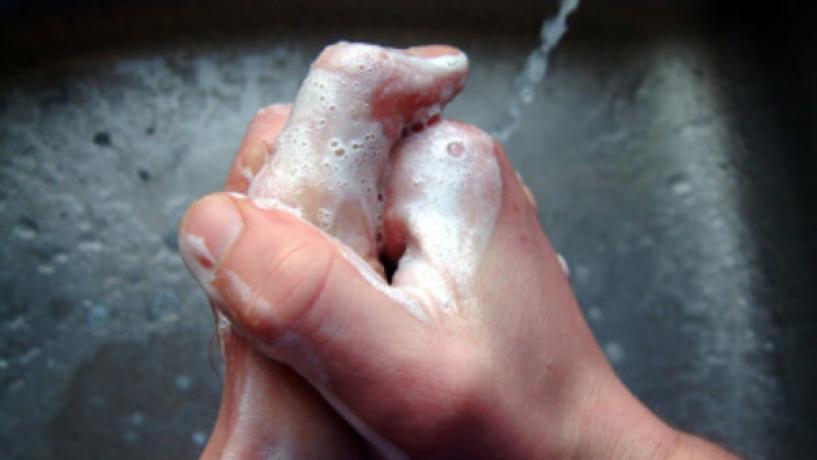
A recent study from Rutgers-New Brunswick University has shown that cold or lukewarm water is as effective as hot water when washing hands.
The research was conducted over a six month period using 21 volunteers who washed their hands several times over this period. Before washing their hands all volunteers had a high level of a harmless strain of E.Coli applied to their hands.
Different scenarios were tested including:
- Varying lengths of time spent lathering
- A variety of water temperatures (60°F, 79°F and 100°F)
- Different amounts of soap
Time Spent Lathering
Some of the results seem to directly contradict widely accepted legislation and literature related to hand washing.
For example, it’s widely recommended that lathering hands is performed for 20 seconds. The research showed otherwise and demonstrated that in most cases 10 seconds of lathering is sufficient. They also tested lathering for 5 seconds but determined this wasn’t adequate for removing bacteria.
There are some exceptions to this according to Donald Schaffner, distinguished professor and extension specialist in food science at Rutgers.
“If you just changed a diaper or you’ve been in the garden or you’re cutting up a raw chicken, don’t think you’re good to go after 10 seconds if you can still see or feel something on your hands,” he said. “By all means, keep lathering.”
It’s important to note that these durations relate to the time spent lathering once soap has been applied to hands. Time spent turning taps on an off, applying soap, rinsing and drying hands isn’t included.
Water Temperature
In terms of water temperature, no difference was found between hot and cold water in bacteria removal. Indeed the key to the findings of this research may be that the purpose of hand washing is to ‘remove’ rather than ‘kill’ the bacteria.
Other activities such as sanitising surfaces and cooking food are designed to kill bacteria and a high temperature would certainly be required when performing these tasks.
Amount of Soap Used
The amount of soap used also had little impact. Volunteers using a little soap or a lot of soap had similar results in terms of bacteria removal. The researchers have noted that more research needs to be undertaken to determine the best type of soap to be used.
Are Changes to Legislation Required?
The researchers seem to think so.
“The literature on hand washing includes a tremendous amount of misinformation, and data on many issues are missing,” they wrote in the new study.
“Many hand-washing recommendations are being made without scientific backing, and agreement among these recommendations is limited, as indicated by the major inconsistencies among hand-washing signs.”
The FDA in the US is scheduled to discuss this topic in 2018. Professor Schaffner believes that a policy change is required.
“I think this study indicates that there should be a policy change,” he said.
“Instead of having a temperature requirement, the policy should only say that comfortable or warm water needs to be delivered. We are wasting energy to heat water to a level that is not necessary.”
Impact on Australian Businesses
It will be interesting to observe whether Australia follows any changes made to US legislation as a result of this study.
In the meantime, food businesses need to be sure to follow the legislation set out by Food Standards Australia New Zealand (FSANZ) in:
- Standard 3.2.2 Food Safety Practices and General Requirement
- Standard 3.2.3 Food Premises and Equipment
This legislation includes the (potentially out-dated) requirement to wash hands using warm to hot water and to lather for at least 20 seconds.




